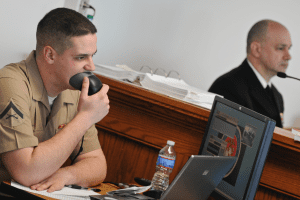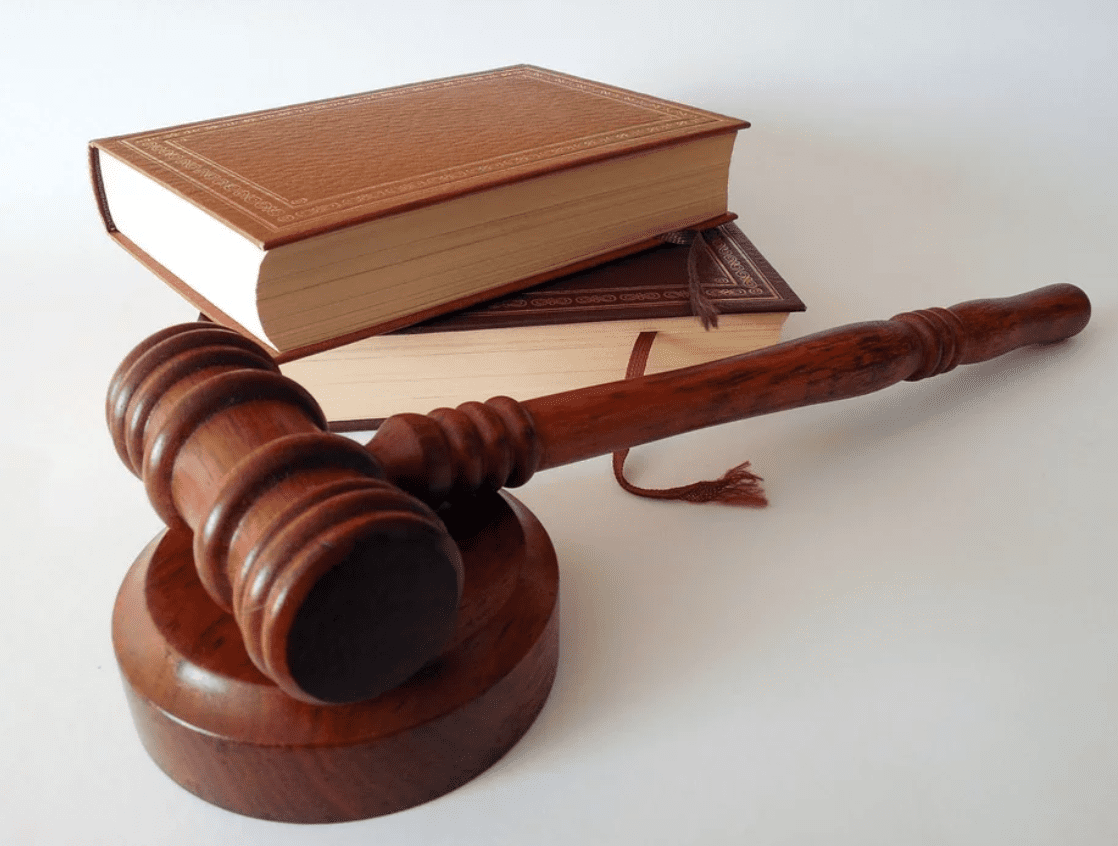The judge is the centerpiece of the court. This finder of fact is responsible for ensuring that things remain fair during the proceeding.
You may not be familiar with how a court of law works. Sure, you’ve watched television shows that depict two attorneys at war, but is that how the proceedings will go? When you find yourself attending a court proceeding, whether it is for you or on behalf of someone else, knowing what to expect may help ease your nerves. Get some insight into what goes on in a courtroom from the judge’s bench to the jury box.
The Judge Runs the Show
The judge is the centerpiece of the court. This finder of fact is responsible for ensuring that things remain fair during the proceeding. Judges preside over the entire process and correct any person in the courtroom who is disruptive or intentionally veering off course. How are they qualified to do so? Most judges are elected or appointed. They are almost always former lawyers with years of experience. They must be well-versed in the most current laws adopted by the state. They must be able to take in massive amounts of information in real-time and process it effectively. Some judges rule with a stern demeanor, while others exhibit compassion and understanding. Regardless of style, the judge is the star of the courtroom and must remain neutral throughout.
The Bailiff Directs Traffic
The person who directs the courtroom to rise when the judge enters is the bailiff. This person is present to ensure that the judge’s rules are followed. Bailiffs typically appear before the judge enters to review basic rules on movement during the session, when and how to address the judge and whether or not the judge allows eating or cellphones. After the judge enters, the bailiff is trained to protect their charge at all costs. The judge may direct the bailiff to retrieve witnesses and swear them in or remove anyone from the room who is disruptive.
The Court Reporter Creates a Word-for-Word Record

There is always a person feverishly typing on what appears to be a mini typewriter. This is the court reporter. This person is charged with recording and transcribing the entire court proceedings word for word, creating a record of the proceedings in the process. Court reporters Seattle must also pay close attention to noises and annotate them in the formal transcript. A snicker from the defendant or a sigh from the prosecutor could go a long way should the verdict face an appeal in a higher court. Sometimes the judge will direct the court reporter that some things are “off the record,” which is a signal for the reporter to pause the recording and forego typing until told to continue.
Attorneys Narrate the Story
There are two opposing sides in every court proceeding, regardless of the type of case. Lawyers usually represent one side or the other and are tasked with telling a story for the judge and jury. This narration sets the scene for the judge and jury, providing information on why their particular side is right and the other wrong.
Witnesses Fill in the Blanks
Witnesses in a court proceeding are called in to support the theories put forth by each side. Witnesses fill in the blanks, provide concrete evidence or arguments to lift one side or rebut the testimony of the other. Expert witnesses are paid to review the evidence and formulate opinions that should support one side more than the other. The judge and jury are to accept what witnesses say as truth. A party to the proceeding may be a witness at any time.
Juries Review Evidence and Draw Conclusions
The jury is given the crucial task of sorting through the evidence presented, both physical and verbal, and make a decision. This group of people is chosen at the onset of the proceeding. They are supposed to remain impartial throughout, only taking a side once the proceedings conclude, and the judge allows them to deliberate. They must reach an unanimous verdict. [Editor’s note: The unanimity requirement is true in all federal trials, whether criminal or civil. This requirement varies by state at the state court level.]
Now that you have some insight into how a generic court proceeding works and the elements that make it up, hopefully, you feel better about your role.


Join the conversation!